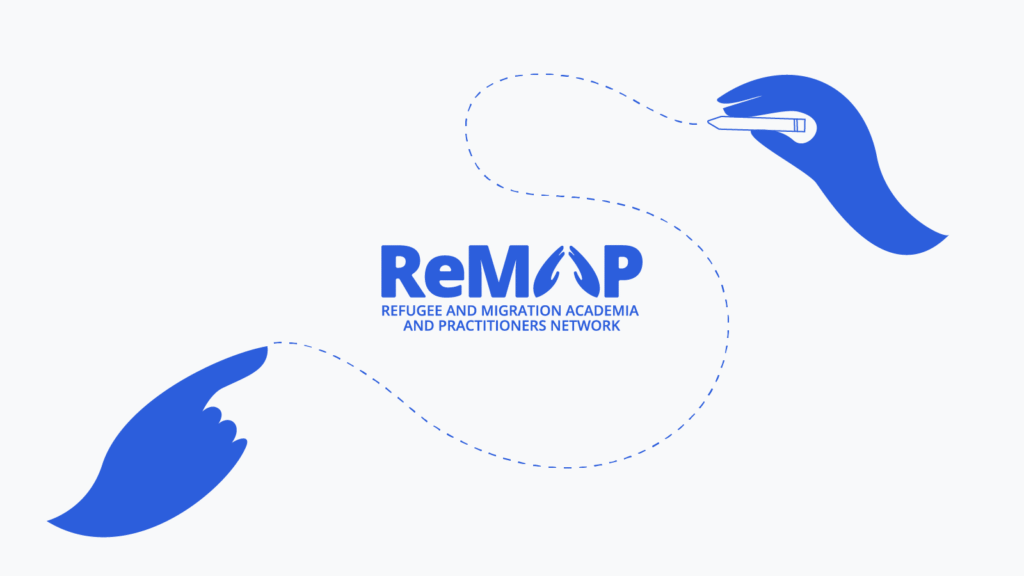- 01 Sep 2025
- No Comments
The ReMAP Network in context: An initiative for effective collaboration

By June 2025, Romania recorded over 200,000 forcibly displaced persons, mostly Temporary Protection holders from Ukraine, alongside roughly 5,000 beneficiaries of international protection, primarily from the Middle East. At the same time, more than 200,000 migrants had established residence in Romania, nearly quadrupling over the past decade. Moreover, around 700,000 residents were born abroad (3–4% of the population), including over 100,000 who obtained Romanian citizenship.
While these population figures provide a useful indication of current trends, they are by no means static. Global and regional dynamics such as conflict, climate pressures, and shifting labor markets can rapidly change these patterns. The war in Ukraine demonstrated this, as well as the resilience and the challenges undergone by state institutions and civil society in addressing large-scale displacement.
As a consequence, Romania has significantly expanded its refugee protection system to respond. The EU Temporary Protection Directive enabled rapid access to rights and services, while national institutions implemented the Directive efficiently, scaled up reception and streamlined procedures. The capacity of NGOs to deliver assistance was strengthened, supported by UN agencies and international organizations through knowledge transfer and operational upscaling. These efforts addressed immediate needs while strengthening Romania’s long-term capacity for refugee protection, integration/inclusion, and wider migration management.
Romania’s human mobility landscape is shaped by EU and international commitments, fast-growing economy, emerging protection needs and the critical contributions of academia, UN agencies, and civil society. The state manages policies and institutions to ensure effective and inclusive responses; academic institutions generate evidence and practical insights; and UN and civil society actors provide operational support, advocacy, and knowledge-sharing.
While progress on addressing human mobility, notably forced displacement, has been substantial, coordination, sustainability, and innovation remain challenges. Effective collaboration between researchers, practitioners, and government institutions is essential to translate research into practice and capture field experience to inform policy. Recognizing this, UNHCR, the UN Refugee Agency, and the Centre for Comparative Migration Studies (CSCM) launched a collaborative platform to address these issues – the ReMAP Network.
The ReMAP Network is an initiative that brings together academia, local and national authorities, and organizations – including non-governmental, international, and UN agencies – working on refugee and migration issues in Romania. The Network promotes the exchange of knowledge, expertise, and practical tools to deepen the understanding of forced displacement and migration, shape data-driven policies, strengthen the capacity of authorities and civil society, and create new partnership opportunities for all its members.
Role of ReMAP Network?
- Connect diverse stakeholders working in the field of refugee and migration in Romania.
- Facilitate access to curated resources, training materials, and practical tools.
- Provide a platform to propose projects, identify partners, and attract resources.
- Contribute evidence-based insights to inform policies and decision-making.
- Set Romania’s refugee and migration contexts within a comparative European perspective.
- Offer specialized support to members when needed.
- Share regular updates on events, publications, and opportunities in the field.
Organize workshops, conferences, and networking events that foster collaboration
